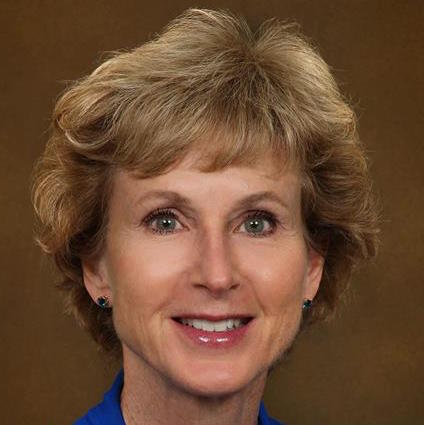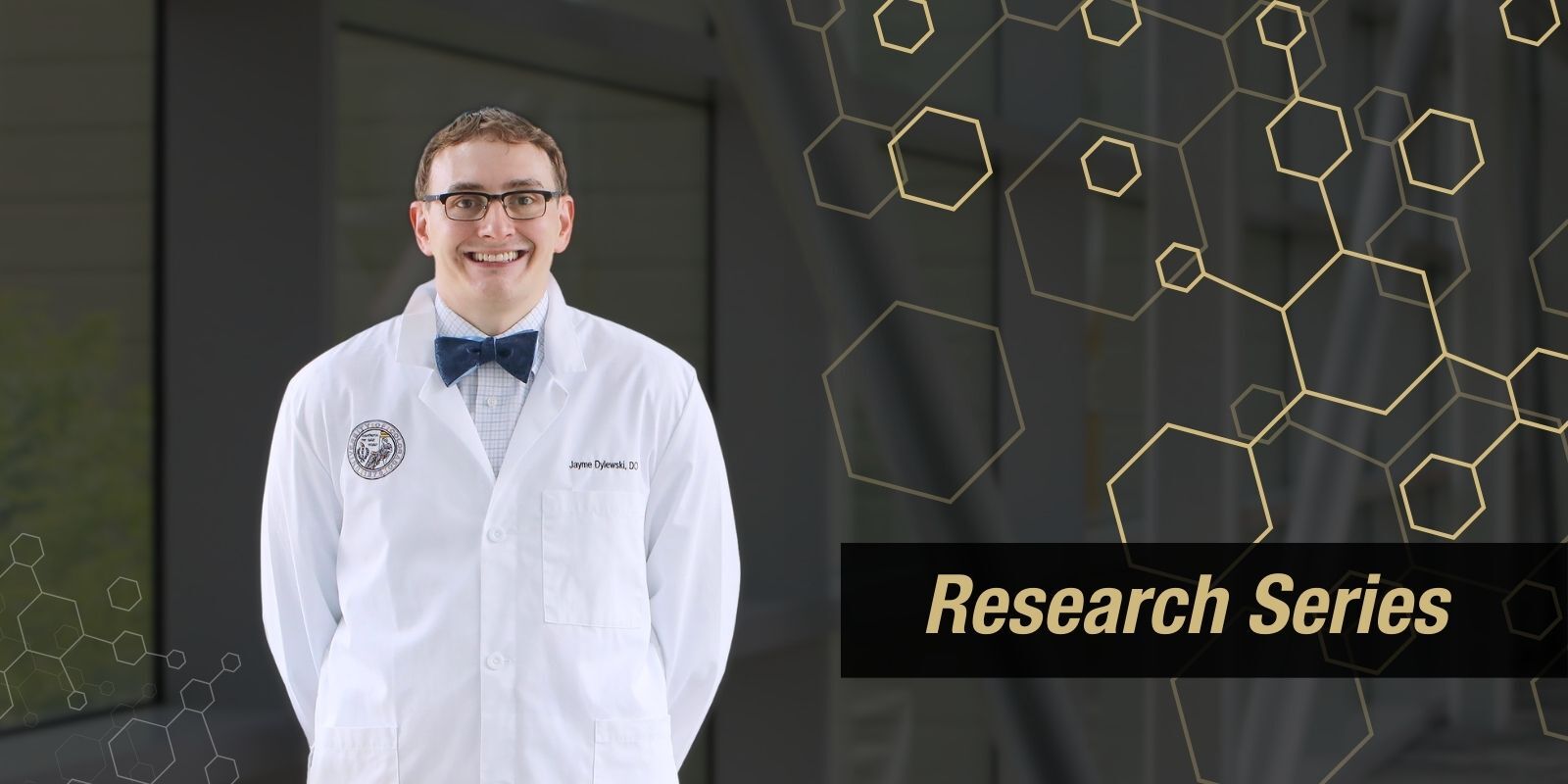Movement disorders such as Parkinson’s disease and Huntington’s disease are complex conditions that often take a specialist — or even a team of specialists — to diagnose and treat. But to many people who live in rural areas or medically underserved communities, specialty care can be geographically or financially out of reach.
That’s why the University of Colorado Movement Disorders Center launched “Tremors & Tumbles: Better Care for Movement Disorders,” a three-year project that offers telemedicine appointments to Coloradans with movement disorders. The virtual visits provide access to University of Colorado School of Medicine neurologists with fellowship training in movement disorders. Funded by the Department of Health Care Policy & Financing, which administers Health First Colorado, Colorado’s Medicaid program, the project also provides movement disorders education and clinical advice for primary care providers across Colorado.
“Our center routinely sees patients from Idaho, Montana, the Dakotas, Nevada, Kansas, Nebraska, New Mexico, and other surrounding states,” says Maureen Leehey, MD, director of the CU Movement Disorders Center and professor of neurology in the CU School of Medicine. “These patients would travel to come to see us, and it was a big deal for them to make the trip. We recognized that the patients who could afford to come and see us — could afford the insurance and the cost of the clinic — were the people that were insured. We wanted to expand care to the underserved, and we felt that the best way to do that was via telehealth.”
Parkinson’s disease and Huntington’s disease are progressive conditions that lead to mind, mood, and motor symptoms such as tremors, poor motor coordination, anxiety, depression, and thinking difficulties. In the U.S. alone, Parkinson’s disease affects more than 1 million people and their families, and Huntington’s impacts more than 30,000 people. While these disorders cannot yet be cured, with proper management those diagnosed with movement disorders can have a better quality of life.
Virtual visits and caring for the underserved
The project began with a series of print and radio ads, targeted to rural and underserved communities, letting people know that if their hands shake, they may have a movement disorder. Interested patients can call for an appointment, but they must have a primary care physician who can conduct follow-up appointments and, if they have them, provide medical records. Depending on their specific condition, patients may be referred to virtual psychiatrists, pharmacists, dieticians, and speech, physical, and occupational therapists after their initial telemedicine appointment.
“The patient fills out a questionnaire that asks about major symptoms of the disorder that we think they have, according to the records, and then we start a routine visit,” Leehey says. By watching patients perform certain movements on camera, Leehey and her team are able to diagnose different movement disorders and come up with a treatment plan.
“I’ll ask them to scoot back and bring their hands out, and I’ll look at their tremor,” she says. “I’ll have them move their eyes and show me their teeth. Watching them walk tells you a lot. We can accomplish most of what we need in these online appointments. Some of the patients are quite disabled, so it would be hard for them to make the trip in person — to park and make it to the floor and wait in the waiting room and then wait in the patient room. This is much nicer.”
Between 14,000 and 15,000 people in Colorado have Parkinson’s disease, Leehey says; in 2020, the CU Movement Disorders Center saw over 7,000 of them. Tremors & Tumbles is an effort to close the gap for patients who couldn’t previously access care — and those who thought their shaking hands were just a natural symptom of aging.
“I think it’s really cool that the state is supporting our efforts to reach out to folks who are underserved to get specialty care,” she says. “There is a lot we can do via telehealth.”
The education component
Another major part of the Tremors & Tumbles project is training primary care providers in rural and medically underserved areas about movement disorders so they can better care for patients and offer referrals to the Movement Disorders Center’s telemedicine program.
Working with ECHO (Extension for Community Health Outcomes) Colorado, a nonprofit that provides online training sessions for providers throughout the state, the CU Movement Disorder Center is delivering a series of lectures on the basics of movement disorders, symptoms, diagnosis, and treatment, especially Parkinson’s and Huntington’s,
“It’s supposed to be interactive, so doctors bring cases and ask questions about a patient they’re having trouble managing,” Leehey says. “And we present cases as well. With movement disorders, videos are a big thing, so we present cases that way to teach people, what’s a tremor? What’s myoclonus? What’s chorea? We’ve done our first session of five talks, will do three sessions a year. Our next sessions start in February and in March. We expect about 20 providers per session.”
The grant also provides eConsults for primary care providers to ask Movement Disorders Centers experts questions about specific patients.
Patients and providers can call 303-724-0443 or visit www.cumovement.org/movement-disorders/telehealth to make an appointment for movement disorder specialty care. Providers can visit echocolorado.org for information on the educational session and eConsults.




